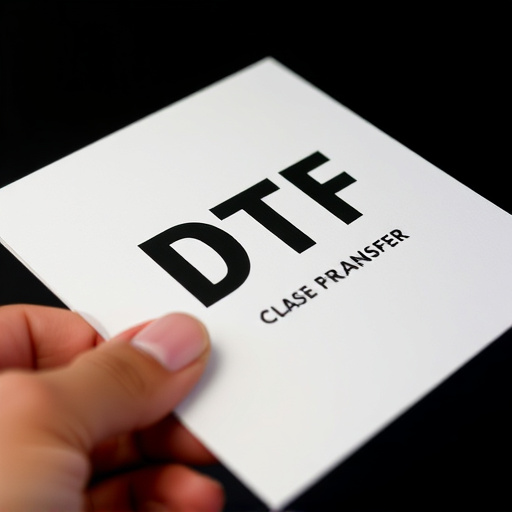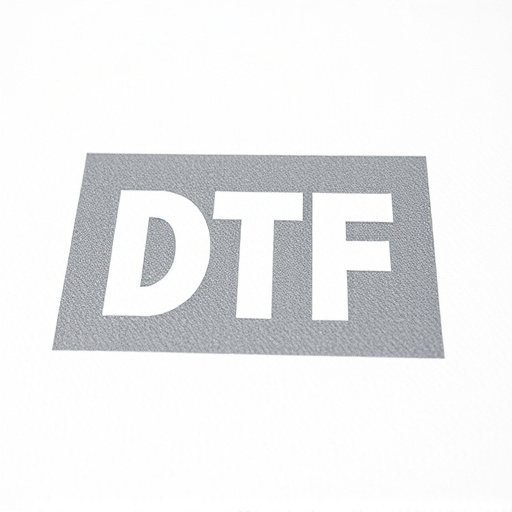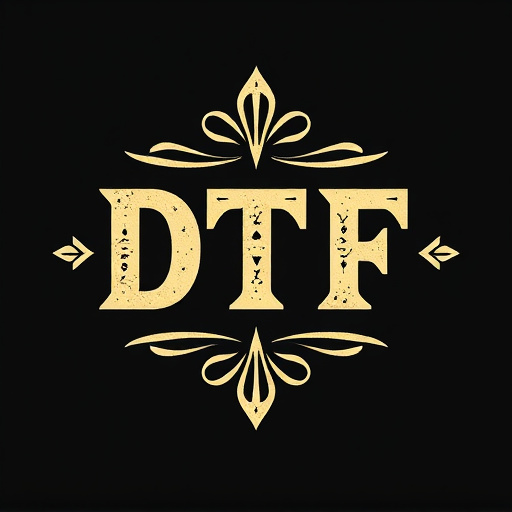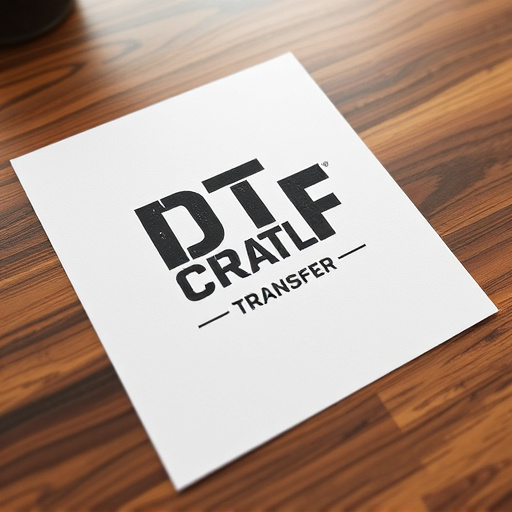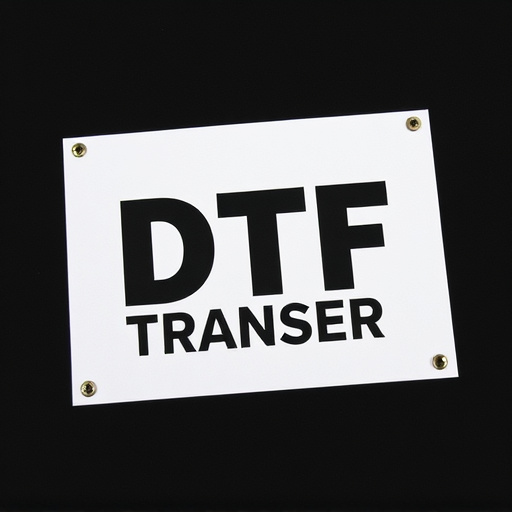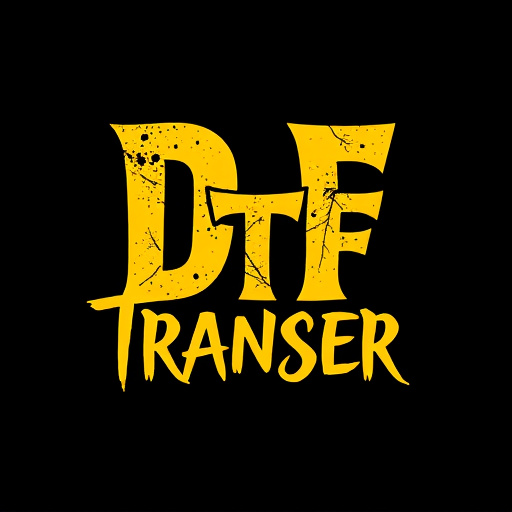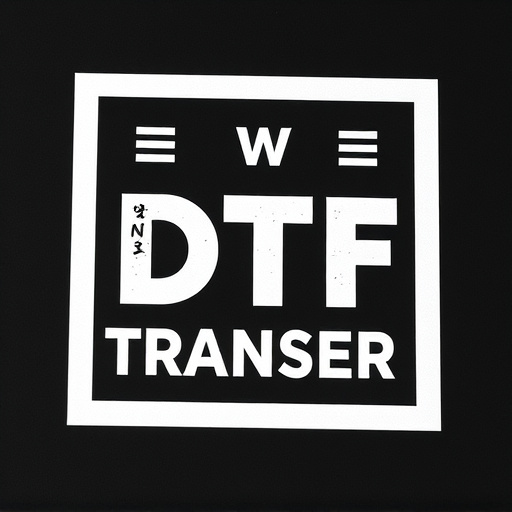DTF Prints (Direct-to-Film) are transforming American cinema by offering high-quality, cost-effective projection methods that preserve filmmakers' original vision. This technology enhances immersive theater experiences and is crucial for maintaining the integrity of films. Despite initial investment challenges and quality control complexities, DTF has gained popularity in projects like "The Haunting of Hill House" and "Moonlight," showcasing its versatility across genres. With growing demand for high-quality on-demand printing, advanced materials, and personalized marketing, DTF is poised for significant industry growth in the US.
“Unveiling the Revolution of Direct-to-Film Transfers (DTF) in the USA: A Cinematic Evolution
In the dynamic landscape of American cinema, Direct-to-Film (DTF) prints are transforming the way films are experienced. This cutting-edge technology offers unparalleled quality and accessibility, revolutionizing both production and exhibition processes. Our comprehensive guide explores the rise of DTF prints, from their technical intricacies to their profound impact on the industry. We delve into historical milestones, highlight key advantages, address challenges, present inspiring case studies, and gaze into the future, predicting trends that may shape US cinema.”
- Understanding Direct-to-Film Prints (DTF) and Their Significance in US Cinema
- The History of DTF Printing: From Origin to Modern Adoption
- Key Benefits of Using DTF Technology for Filmmaking in the USA
- Challenges and Considerations in Implementing DTF Prints in the American Film Industry
- Case Studies: Successful DTF Projects in Contemporary US Cinema
- Future Outlook: Trends and Potential Growth in DTF Printing within the United States
Understanding Direct-to-Film Prints (DTF) and Their Significance in US Cinema

Direct-to-film prints, or DTF Prints, represent a unique and significant aspect of cinema in the United States. Unlike traditional printing methods that rely on intermediates like film negatives, DTF technology allows for the projection of a movie directly from the original source material, preserving the filmmaker’s vision without degradation. This process is particularly important in the US, where the country’s rich cinematic history and diverse film production landscape demand high-quality, authentic viewing experiences.
DTF Prints play a crucial role in maintaining the integrity of films, ensuring that colors, contrasts, and textures are accurately represented on screen. They enable movie theaters to offer audiences a more immersive and visually striking experience, enhancing the overall enjoyment of cinematic art. As technology advances, DTF remains a preferred choice for many film enthusiasts and professionals, as it offers a reliable way to showcase movies with minimal loss of quality, thereby enriching the cultural fabric of US cinema.
The History of DTF Printing: From Origin to Modern Adoption
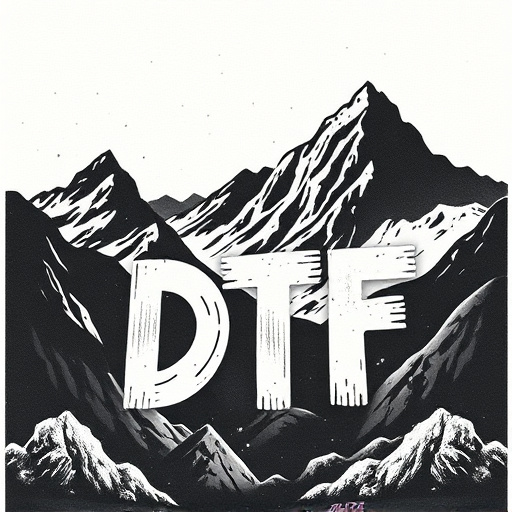
Direct-to-film (DTF) printing, a revolutionary process in the printing industry, has evolved significantly since its inception. This technology emerged as a game-changer for high-quality print production, especially in the United States. Initially developed to address the limitations of traditional screen printing, DTF prints offered a more efficient and versatile alternative. By eliminating the need for separate emulsion and plate creation, it streamlined the printing process, making it faster and more cost-effective.
The modern adoption of DTF printing is a testament to its adaptability and versatility. This method allows for intricate designs with vibrant colors, ensuring that art and imagery are reproduced accurately on various materials. As technology advanced, DTF prints became increasingly accessible, enabling small businesses and entrepreneurs to utilize this process without the hefty investment required for traditional printing machinery. Today, DTF printing is a prominent feature in the dynamic landscape of American print production, catering to diverse industries and fostering innovation in design and marketing.
Key Benefits of Using DTF Technology for Filmmaking in the USA

Direct-to-film (DTF) technology offers several key benefits for filmmaking in the United States. Firstly, it ensures exceptional quality and precision in color reproduction, allowing filmmakers to capture intricate details and vibrant hues that are essential for cinematic visuals. DTF Prints provide a more accurate representation of the original film stock, making them ideal for both independent and commercial productions seeking a high-fidelity look.
Additionally, DTF technology streamlines the production process by eliminating intermediate steps. This means faster turnaround times and reduced costs, enabling filmmakers to be more agile and responsive to creative vision without compromising on quality. The convenience and efficiency of DTF make it an attractive option for projects with tight schedules, especially in today’s fast-paced film industry.
Challenges and Considerations in Implementing DTF Prints in the American Film Industry
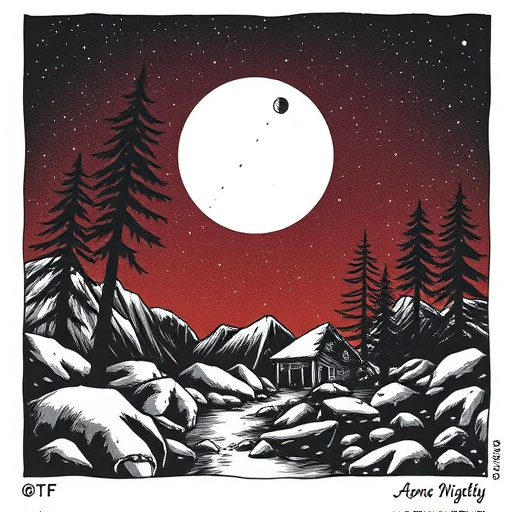
Direct-to-film (DTF) prints present a unique set of challenges and considerations in the American film industry, requiring careful navigation through technological and economic landscapes. One primary hurdle is the initial investment cost for cinemas and studios adopting DTF technology, which can be substantial. This barrier to entry deters many traditional cinephiles who rely on established projection methods, potentially limiting DTF prints’ reach within the market.
Furthermore, maintaining image quality and consistency across different print runs remains a complex task. DTF technology relies on precise control of ink application and film exposure, making it sensitive to variations in equipment, environmental conditions, and even the type of film stock used. Ensuring consistent picture quality is essential for audience satisfaction and building trust in this innovative printing method.
Case Studies: Successful DTF Projects in Contemporary US Cinema
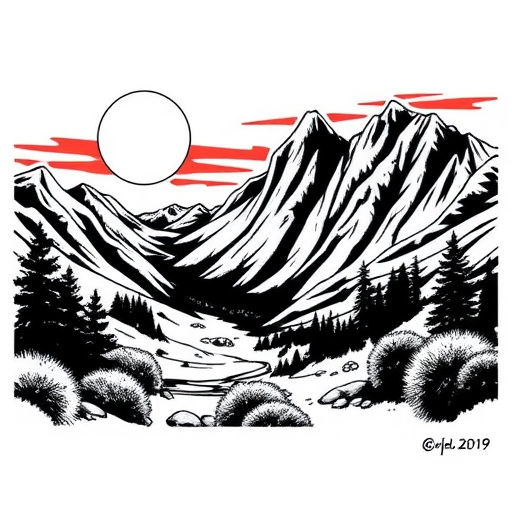
Direct-to-film (DTF) transfers have seen a surge in popularity among contemporary US cinema projects, with many studios and independent filmmakers embracing this technology for its exceptional image quality and cost-effectiveness. Case studies of successful DTF projects highlight the versatility of this method across diverse genres. For instance, the 2021 horror film “The Haunting of Hill House” utilized DTF Prints to achieve a stunning visual experience, preserving the intended cinematic look while offering a more affordable alternative to traditional theatrical releases.
Another notable example is the independent drama “Moonlight,” which leveraged DTF technology to enhance its already powerful storytelling. The film’s director chose this approach to maintain the raw, documentary-like aesthetic that was integral to its narrative. This case study demonstrates how DTF prints can complement and even elevate the artistic vision of filmmakers, resulting in a more immersive viewing experience for audiences across various platforms.
Future Outlook: Trends and Potential Growth in DTF Printing within the United States
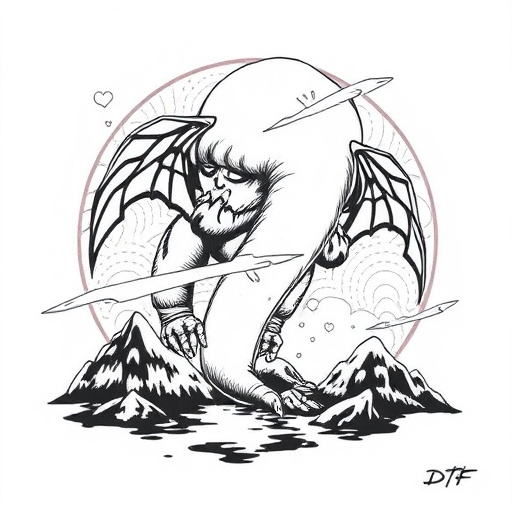
The direct-to-film (DTF) printing industry in the United States is poised for significant growth, driven by evolving consumer preferences and technological advancements. As demand increases for high-quality, on-demand printing solutions across various sectors, DTF prints are expected to gain traction due to their versatility, speed, and cost-effectiveness. This technology allows for precise color reproduction, making it particularly appealing for industries such as packaging, signage, and promotional products.
Looking ahead, trends suggest that DTF printing will continue to revolutionize the way businesses handle short-run and custom print projects. The integration of advanced materials and ink technologies will further enhance the quality and durability of DTF prints, opening up new possibilities in areas like wearable apparel and specialized packaging. With the rise of e-commerce and personalized marketing strategies, the demand for fast turnaround times and customized products will only grow, solidifying DTF printing as a preferred choice for many US businesses.








